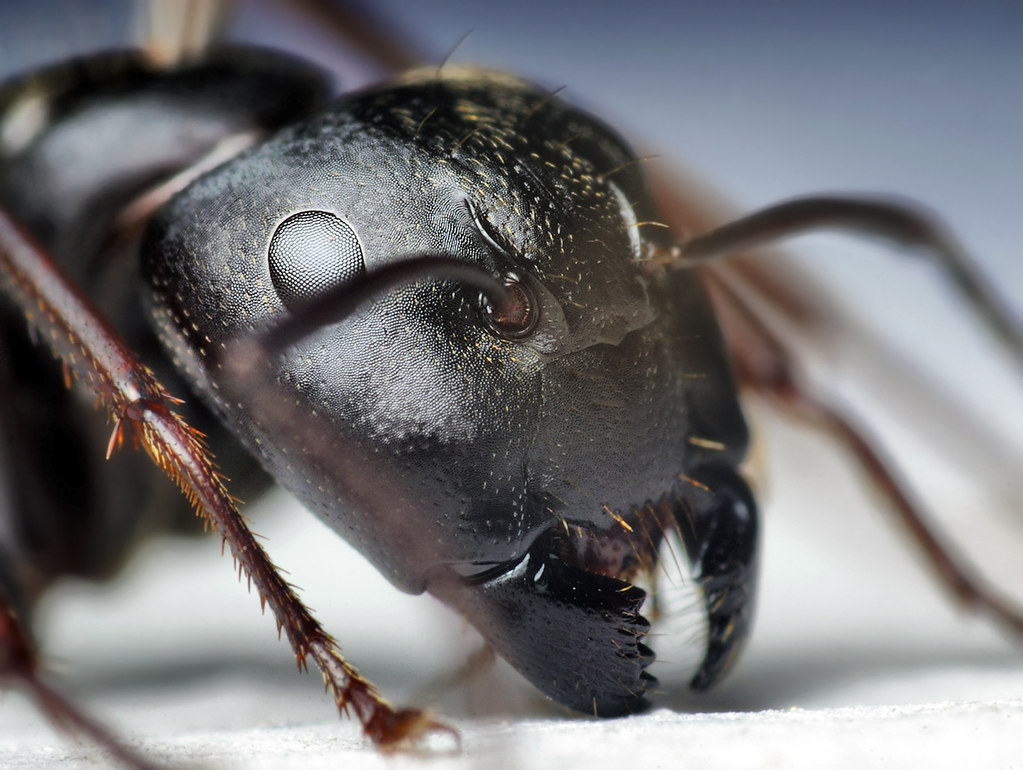Ant stings are a common encounter, especially during warmer months when these tiny creatures are most active. Whether you’re in your backyard, on a hike, or even in your home, an ant sting can catch you off guard. But how painful is an ant sting, and is it harmful? In this article, we’ll explore the nature of ant stings, the level of pain they cause, and how you can effectively treat them.



Understanding Ant Stings and Their Pain
When an ant stings, it injects venom into the skin, which causes an immediate reaction. The intensity of the pain usually depends on the species of ant. For instance, fire ants are notorious for delivering particularly painful stings that can leave a burning sensation. The pain from an ant sting is typically sharp and may be accompanied by itching, redness, and swelling. In most cases, the discomfort is short-lived, but for some people, the sting can be more painful and lead to a stronger reaction, especially if multiple stings occur. While the pain from an ant sting can be unsettling, it’s important to note that it generally subsides within a few hours. However, the pain level can be more intense if you have a sensitivity or allergy to insect stings.
Is Ant Sting Harmful?
For the majority of people, ant stings are more of a nuisance than a serious health concern. The venom is designed to protect the ant and its colony, but it isn’t typically harmful to humans. However, repeated stings or stings from certain species like fire ants can lead to more significant reactions. Symptoms such as dizziness, difficulty in breathing, or swelling of the face and throat are signs of a serious allergic reaction and should be treated as an emergency. In some cases, stings can become infected if not properly treated. It’s important to monitor the area for signs of infection include: increased redness, warmth, or pus, and seek medical advice if these symptoms develop.How to Treat Ant Stings
Treating an ant sting promptly can help reduce pain and prevent complications. Here are the steps to take:- Clean the area: Wash the sting area with soap and water to remove any venom or debris.
- Apply ice: Use ice wrapped in a cloth to reduce swelling and numb the pain.
- Use over-the-counter treatments: Applying hydrocortisone cream or taking an antihistamine can help alleviate itching and swelling.
- Avoid scratching: Scratching the sting site can increase irritation and risk of infection.
| Dos | Don’ts |
| Wash the sting area with soap and water. | Scratch the sting site. |
| Apply ice to reduce swelling and pain. | Ignore signs of severe allergic reactions. |
| Use antihistamines or creams for relief. | Assume all ant stings are harmless. |
| Monitor for signs of infection. | Delay seeking medical help if needed. |
| Stay calm and avoid panic. | Panic if you experience mild discomfort. |




